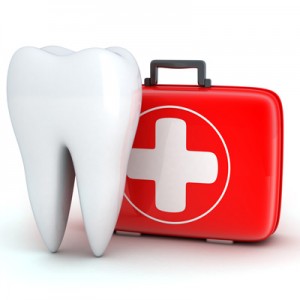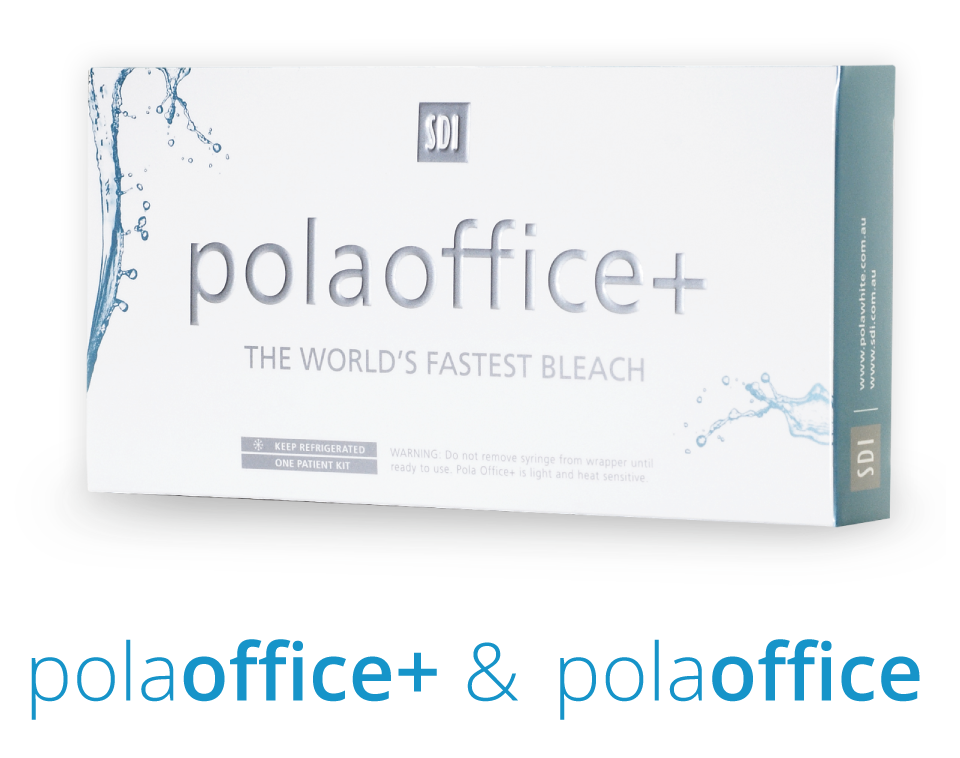At Dynamic Dental we use low-radiation digital x-rays, intra-oral cameras, SLR photos and dental loupes which allow us to properly diagnose, educate you the patient, and provide high-quality treatment. Each form of imaging has a great benefit, allow us to explain:
Low Radiation Digital Dental Radiographs
Dental x-rays are needed when you are added as a new patient and ongoing every 6-18 months, depending on your individual needs. X-rays help us find hidden dental decay, impacted teeth, show bone loss, cysts, abscesses and more.
At Dynamic Dental we use digital X-rays, which have several advantages over traditional X-rays. For instance:
- Less Radiation: Digital X-rays provide an 80% reduction in radiation.
- More Comfortable for You: Biting the paper tab used in taking traditional X-rays can be uncomfortable and push up against your mouth in awkward ways. Digital X-rays work differently by putting a small sensor in our mouth connected by a thin wire to a computer. X-rays are sent out to the sensor through your teeth to capture the image. The sensor can then be moved to take other images.
- Quick Developing: Typically they are ready in as short of a time as 3 seconds.
- Magnified Images: Digital X-rays are easily displayed at larger sizes. We are even able to magnify the image to show you close up any tooth decay or abnormalities such as a cavity.
- Earth Friendly: Digital X-rays are electronic so they save us from needing to use chemicals or film. They also make processing insurance claims faster.
X-rays are an important part of your dental visit, because they help us diagnose problems we can’t see on the surface. Digital X-rays are just one way we are working to make your visits better.
Dynamic Dental – SE Calgary
Dental Imaging
403-453-5588
A full-service family oriented SE Calgary dental clinic
#210, 163 Quarry Park Blvd. SE
Intraoral Cameras
An intraoral camera is a small video camera that takes an X-ray of the outside of the gum or tooth. The intraoral camera resembles an oversized pen and although usage varies depending on the model-type, this image-taking device is outfitted with a disposable protective sheath for each new patient. While simultaneously viewing a monitor, the dentist inserts the camera into a patient’s mouth and gently shifts it about so images can be taken from a variety of angles.
First used in the early 1990s, the intraoral camera is still a relatively new piece of dental equipment. Not so long ago, only a handful within the dental community used this tiny camera to take pictures of the teeth and gums. Today, use of the intraoral camera is widespread. At Dynamic Dental we think the intraoral camera has been, and continues to be, extremely handy both in diagnosing dental conditions such as tooth decay and cracked teeth and in educating you, the patient.
It’s not difficult to understand why many patients have misgivings about dental diagnoses that aren’t accompanied by pain or any visual cues that the naked eye can see. Since the intraoral camera is used in tandem with a computer screen or television monitor, Dr. Vranjes can easily show you, in real-time, if you have a fractured tooth or need gum disease treatment. In the case of the intraoral camera, a picture may be worth more than a thousand words!
The intraoral camera is especially useful during dental restoration procedures. For example, if you were to have an amalgam tooth filling replaced with a composite resin filling, your dentist could use the intraoral camera to take “before and after” pictures and display the results simultaneously for you to see!
In addition to being a great diagnostic tool, the intraoral camera is a fantastic educational aid. Instead of merely explaining to you what’s happening inside your mouth, Dr. Vranjes can actually show you. Unlike conventional X-ray images that require processing time, there is no development time associated with intraoral cameras. The immediately available images that this tool renders can be a great time-saver.
SLR Photos
Patients often ask why we take photos, and especially why we take so many. Are we creating a post for our Twitter feed? Will I end up on Facebook? The simple answer to all of these questions is — No. Patient photos are strictly for our diagnostic use and for your information. When we take pictures, they can be extremely helpful for demonstrating the state of your teeth and to show you the progress you have made during cosmetic or restorative dental procedures. We can also use these photos for your Dental Insurance – it’s hard for an insurance adjuster to deny a claim of a tooth with a big hole in it from doing the endo (root canal), or showing the huge cavity, etc. We can use SLR pictures to track your work over time or if you are making a big change to see a before and after. We also use it to communicate with our dental lab as it’s much easier to communicate with the lab about shade, contour, etc. using high-quality photographs than trying to draw it out on paper.
Magnification with Dental Loupes
Dental loupes are the magnifying glasses that dentists wear to enlarge everything that they see in your mouth. There are two basic reasons why these glasses are worn. First and foremost, vision is improved simply because everything in the field of view is so much bigger. Secondly, loupes are worn to allow dentists to have a more “physiologic” posture while working, thereby minimizing the slouching which dentists are historically known to develop.
Why is it important to have an enlarged view of the working area? The most obvious answer is that a better and enlarged view of the treatment site automatically results in more precise dental work. Dentists are better able to see the shapes that they are carving or preparing in the natural teeth as well as in the final restorations which they are providing for their patients. Perhaps even more importantly, dentists are better able to make more accurate and complete diagnoses of what is occurring in each patient’s mouth.
Dynamic Dental – SE Calgary
Dental Imaging
403-453-5588
A full-service family oriented SE Calgary dental clinic
#210, 163 Quarry Park Blvd. SE








